varunme
Advanced Member level 3
Dear all,
I am making a variable frequency DC source, for that, I am using 555
The frequency generated is fed to ir2110, which drives IGBT, but I am having issues in switching, I am attaching the schematic and waveforms generated by 555, ir2110, and IGBT here.

This is the waveform generated by 555,
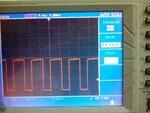 From ir2110
From ir2110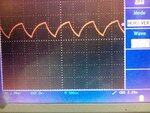 From IGBT
From IGBT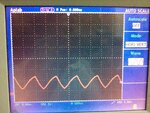
When frequency is increased
555
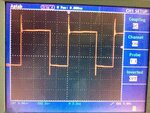 From IGBT
From IGBT 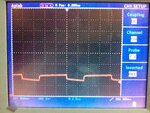
What can be the issue and how can it be corrected?
Is it, bootstrap circuit making problem? should I lower the capacitance?
I am making a variable frequency DC source, for that, I am using 555
The frequency generated is fed to ir2110, which drives IGBT, but I am having issues in switching, I am attaching the schematic and waveforms generated by 555, ir2110, and IGBT here.

This is the waveform generated by 555,
 From ir2110
From ir2110 From IGBT
From IGBT
When frequency is increased
555
 From IGBT
From IGBT 
What can be the issue and how can it be corrected?
--- Updated ---
Is it, bootstrap circuit making problem? should I lower the capacitance?
Last edited: